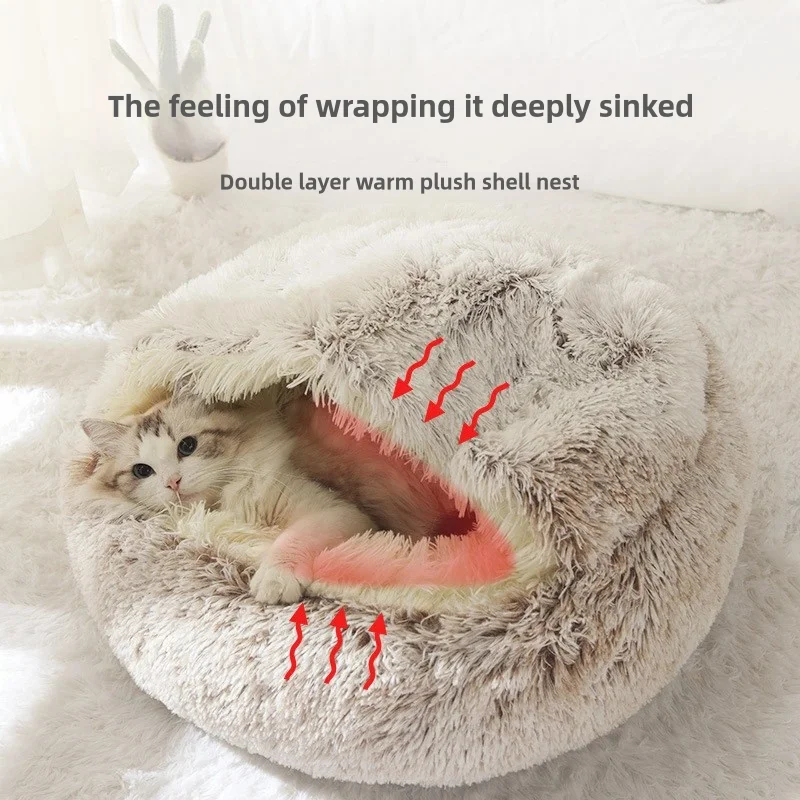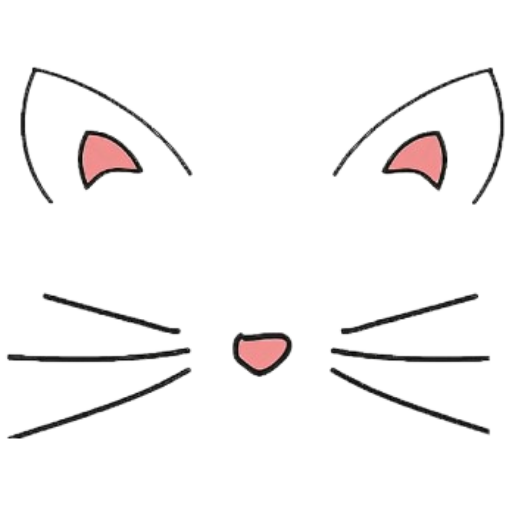Culinary Delights: A Journey Through the Feline Palette
Welcome to our latest exploration into the fascinating world of our feline companions. This week, we embark on a culinary journey to uncover the diverse and often surprising eating habits of cats. From the domesticated house cat to their wild cousins, the way cats interact with food is as varied as their personalities.
Cats are obligate carnivores, which means their bodies are designed to thrive on a diet that is rich in animal proteins. However, within this framework, there is a broad spectrum of preferences and peculiarities that cat owners and researchers are continually discovering. While the typical image of a cat involves feline friends delighting in a fresh catch, such as fish or poultry, many house cats have developed a taste for the unexpected. Some cats may show a peculiar fondness for vegetables like pumpkin or sweet potato, while others may display an unbridled enthusiasm for certain fruits, such as melon or banana, which can be an amusing sight given their carnivorous nature.
The nutritional requirements of cats are specific and vital to their health, including the need for essential amino acids like taurine, which is crucial for heart and eye health. This need has led to the development of a wide variety of specialized cat foods designed to cater to their dietary needs while also appealing to their taste buds. The pet food industry has seen a notable boom in gourmet and organic options, with flavors ranging from classic chicken and beef to more exotic offerings like venison and quail.
Moreover, cats are known for their discerning palates, and any cat owner can attest to the challenge of finding the perfect food that pleases their feline friend. This discerning behavior is thought to be rooted in their wild ancestry, where cautious eating could mean the difference between life and death. Many cats are known to be neophobic, meaning they are wary of new foods, a trait that has likely evolved to protect them from consuming something harmful.
Beyond their diet, meal times for cats are a social and ritualistic affair. Observing a cat as it approaches its food can be a lesson in feline etiquette. Some cats will perform a series of ritualistic behaviors before eating, such as circling their food bowl, scratching the ground, or even giving a delicate sniff before each bite. These behaviors are thought to be inherited from their wild ancestors who needed to ensure their food was safe and to mark their territory.
In recent years, the concept of feline enrichment through food has gained popularity. Puzzle feeders and interactive food dispensers have become popular tools for engaging a cat’s hunting instincts, providing mental stimulation, and preventing obesity. These tools encourage cats to “work” for their food and mimic the hunting experience, which can be particularly beneficial for indoor cats that may not have the opportunity to exercise these instincts naturally.
In conclusion, the culinary world of cats is as complex and varied as the species itself. Whether they are nibbling on gourmet delights or engaging in a playful hunt for their dinner, cats continue to intrigue us with their unique approach to food. As we continue to learn more about their preferences and needs, we can ensure that our feline friends enjoy a diet that not only nourishes their bodies but also satisfies their instincts and delights their taste buds. We hope this journey through the feline palette has provided you with new insights and appreciation for the intricate world of cat cuisine. Stay tuned for more exciting discoveries in the realm of our beloved feline companions!

Welcome to our latest exploration into the fascinating world of our feline companions. This week, we embark on a culinary journey to uncover the diverse and often surprising eating habits of cats. From the domesticated house cat to their wild cousins, the way cats interact with food is as varied as their personalities.
Cats are obligate carnivores, which means their bodies are designed to thrive on a diet that is rich in animal proteins. However, within this framework, there is a broad spectrum of preferences and peculiarities that cat owners and researchers are continually discovering. While the typical image of a cat involves feline friends delighting in a fresh catch, such as fish or poultry, many house cats have developed a taste for the unexpected. Some cats may show a peculiar fondness for vegetables like pumpkin or sweet potato, while others may display an unbridled enthusiasm for certain fruits, such as melon or banana, which can be an amusing sight given their carnivorous nature.
The nutritional requirements of cats are specific and vital to their health, including the need for essential amino acids like taurine, which is crucial for heart and eye health. This need has led to the development of a wide variety of specialized cat foods designed to cater to their dietary needs while also appealing to their taste buds. The pet food industry has seen a notable boom in gourmet and organic options, with flavors ranging from classic chicken and beef to more exotic offerings like venison and quail.
Moreover, cats are known for their discerning palates, and any cat owner can attest to the challenge of finding the perfect food that pleases their feline friend. This discerning behavior is thought to be rooted in their wild ancestry, where cautious eating could mean the difference between life and death. Many cats are known to be neophobic, meaning they are wary of new foods, a trait that has likely evolved to protect them from consuming something harmful.
Beyond their diet, meal times for cats are a social and ritualistic affair. Observing a cat as it approaches its food can be a lesson in feline etiquette. Some cats will perform a series of ritualistic behaviors before eating, such as circling their food bowl, scratching the ground, or even giving a delicate sniff before each bite. These behaviors are thought to be inherited from their wild ancestors who needed to ensure their food was safe and to mark their territory.
In recent years, the concept of feline enrichment through food has gained popularity. Puzzle feeders and interactive food dispensers have become popular tools for engaging a cat’s hunting instincts, providing mental stimulation, and preventing obesity. These tools encourage cats to “work” for their food and mimic the hunting experience, which can be particularly beneficial for indoor cats that may not have the opportunity to exercise these instincts naturally.
In conclusion, the culinary world of cats is as complex and varied as the species itself. Whether they are nibbling on gourmet delights or engaging in a playful hunt for their dinner, cats continue to intrigue us with their unique approach to food. As we continue to learn more about their preferences and needs, we can ensure that our feline friends enjoy a diet that not only nourishes their bodies but also satisfies their instincts and delights their taste buds. We hope this journey through the feline palette has provided you with new insights and appreciation for the intricate world of cat cuisine. Stay tuned for more exciting discoveries in the realm of our beloved feline companions!



19 thoughts on “Culinary Delights: A Journey Through the Feline Palette”
What an enlightening exploration into the fascinating food preferences and habits of our feline friends!
This post beautifully explores the intriguing and diverse eating habits of our feline companions, offering new insights into their culinary world.
This exploration into cats’ eating habits offers delightful insights into their unique culinary preferences.
This post provides an insightful look into the diverse eating habits and nutritional needs of cats.
This insightful exploration into the diverse eating habits of cats offers a delightful perspective on our feline friends’ unique culinary preferences.
It’s wonderful to hear that you found the exploration of feline eating habits delightful. Cats certainly have fascinating culinary preferences!
While it’s true that cats have diverse eating habits, the piece overlooks potential health risks associated with non-traditional cat foods. Emphasis on obligate carnivore diets should remain a priority over exploring unconventional preferences.
The article does touch on the obligate carnivore nature of cats, but you’re right in pointing out that it doesn’t delve into the health risks of non-traditional foods. Highlighting potential dangers and prioritizing a meat-based diet is crucial, given cats’ specific nutritional needs for amino acids like taurine. The focus on unconventional foods could inadvertently downplay the importance of maintaining a diet that aligns with their natural dietary requirements.
This exploration into the diverse eating habits of cats is both enlightening and engaging!
It’s wonderful to hear that you found the exploration of cats’ eating habits both enlightening and engaging! Their dietary preferences certainly offer a fascinating insight into their unique nature.
Exploring the diverse eating habits of cats reveals intriguing insights into their dietary preferences and natural instincts.
The post overlooks the crucial aspect of feline allergies, a significant consideration when discussing cat dietary habits.
This exploration of feline dietary habits is both informative and engaging, offering valuable insights into our cats’ unique preferences.
It’s wonderful to hear that you found the exploration informative and engaging. Cats truly have fascinating and unique dietary habits!
What a fascinating exploration into the diverse eating habits of our beloved cats!
What an interesting exploration of feline eating habits and preferences!
What an insightful exploration into the diverse eating habits and preferences of our feline friends!
The article provides intriguing insights into cat dietary habits, but it seems to overlook the importance of scientific research and evidence-based information.
This post offers an insightful look into the diverse eating habits and dietary needs of cats, highlighting both their nutritional requirements and unique behaviors around food.
Comments are closed.